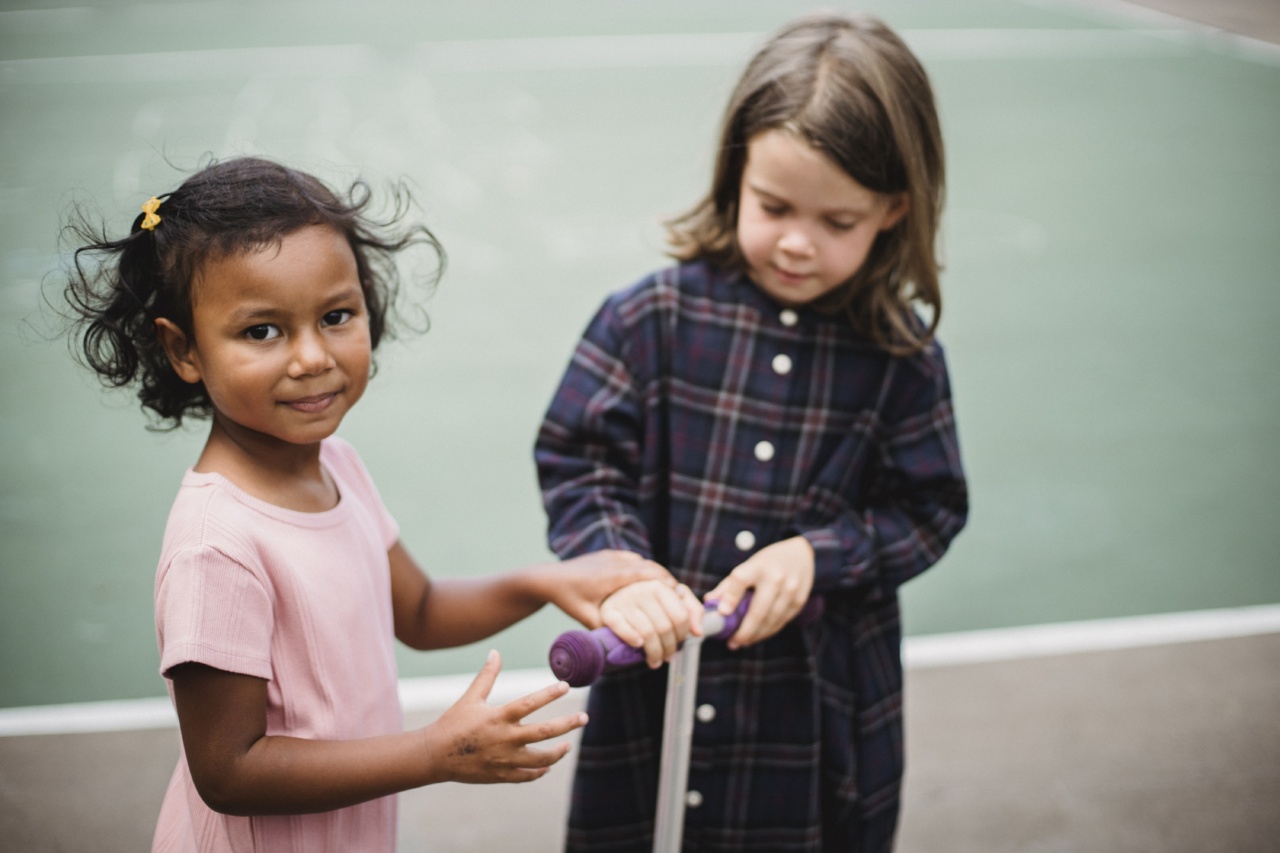Children form peer groups from an early age, and these groups become an integral part of their development and socialization. Peer groups provide children with opportunities to learn, explore, and experiment in a safe and supportive environment.
However, not all peer groups are positive, and parents must be vigilant in ensuring that their child’s friendships are not detrimental to their well-being.
Identifying the wrong friends
It can be challenging for parents to identify when their child is associating with the wrong friends. In some cases, it may be obvious that a child’s friends are negative influences, while other times, the signs may be more subtle.
Here are some signs that your child may be hanging out with the wrong crowd:.
1. Changes in behavior
If your child is suddenly exhibiting negative behaviors or attitudes that are not typical of them, it may be a red flag that their friends are having a negative impact. They may become more rebellious, argumentative, or defiant.
2. Risk-taking behavior
If your child is engaging in risky behavior, such as drug use, underage drinking, or vandalism, it may be a sign that they are being influenced by their friends.
3. Lack of interest in school or other activities
If your child suddenly loses interest in activities they used to enjoy, such as sports, music, or academics, it may be a sign that their friends are distracting them or leading them astray.
4. Disrespectful behavior towards authority figures
If your child is showing disrespect towards teachers, coaches, or other authority figures, it may be a sign that they are adopting negative attitudes and behaviors from their friends.
5. Secretive behavior
If your child is suddenly becoming more secretive and defensive about their actions or whereabouts, it may be a sign that they are trying to hide something from you, such as negative behavior influenced by their friends.
How to handle the situation
If you suspect that your child is spending time with the wrong friends, it’s important to take action to protect them from negative influences. Here are some steps you can take:.
1. Communicate with your child
The first step in handling the situation is to have an open and honest conversation with your child. Express your concerns about their behavior and the friends they are spending time with, and listen to their side of the story.
Try to remain calm and non-judgmental, and avoid making accusations or assumptions about their behavior.
2. Encourage positive relationships
Encourage your child to spend time with positive role models, such as relatives, mentors, or friends who have a positive influence on their behavior. Help them find healthy activities and interests that will keep them occupied and focused.
3. Set boundaries
Set clear boundaries and rules for your child’s behavior and activities. This includes curfews, restrictions on certain activities, and consequences for breaking rules.
Make sure your child understands the consequences of negative behavior and the importance of making positive choices.
4. Limit contact with negative peers
If possible, limit the amount of time your child spends with negative peers. This may involve limiting the amount of time they spend on social media or messaging apps, or restricting their ability to attend certain events or gatherings.
5. Seek professional help
If you are concerned that your child’s behavior is not improving or is getting worse, seek professional help from a therapist, counselor, or other mental health professional.
They can help you identify underlying issues and provide support and guidance for your child’s well-being.
Conclusion
It’s important for parents to be aware of their child’s peer groups and to take action if they suspect their child is spending time with the wrong friends.
By communicating with your child, encouraging positive relationships, setting boundaries, limiting contact with negative peers, and seeking professional help if needed, you can help your child develop positive friendships and make healthy choices for their well-being.






























